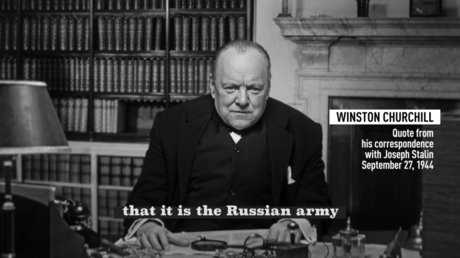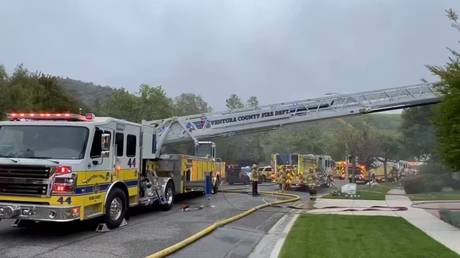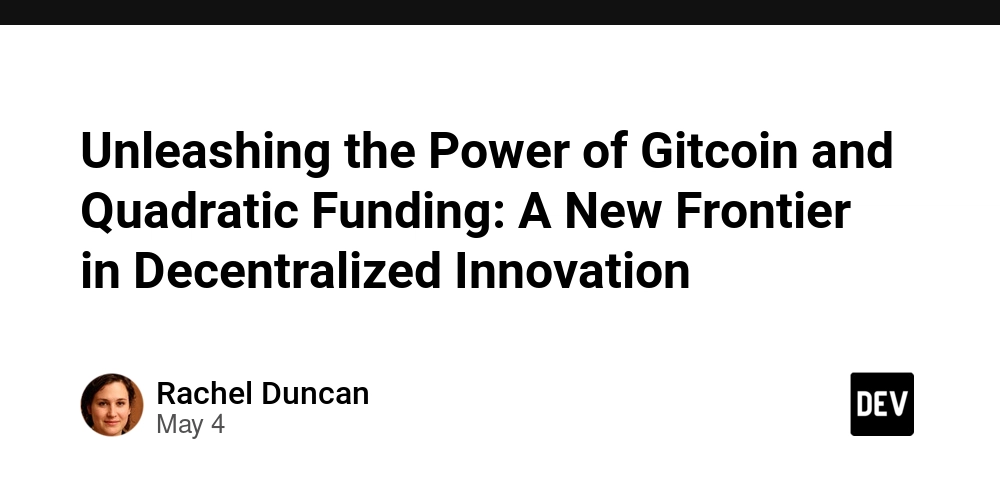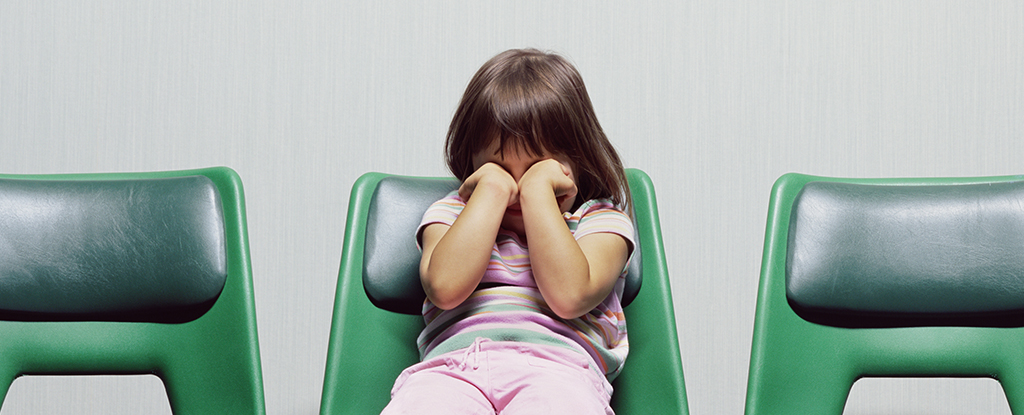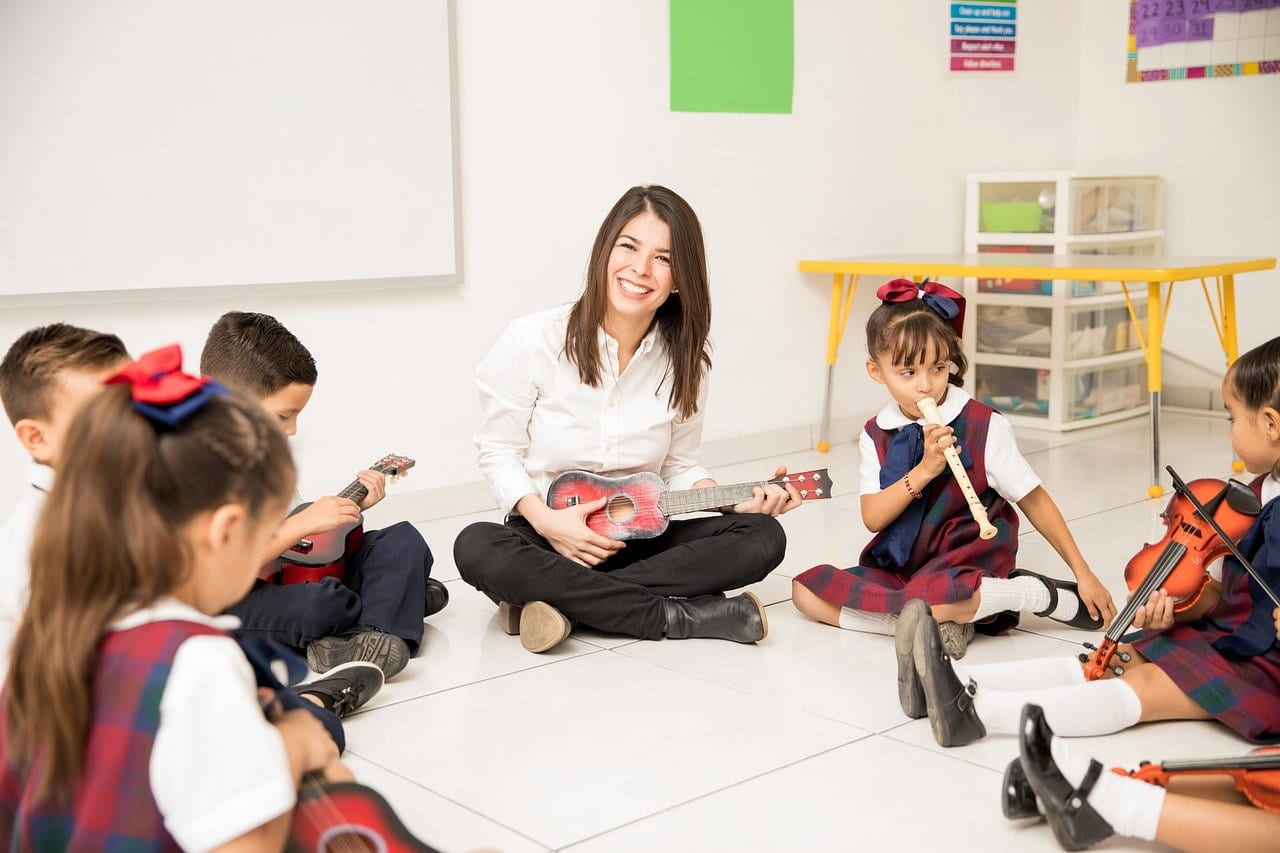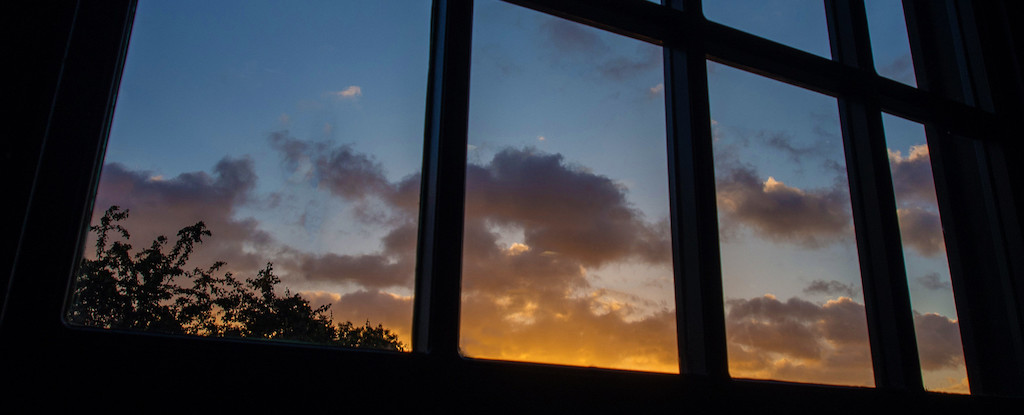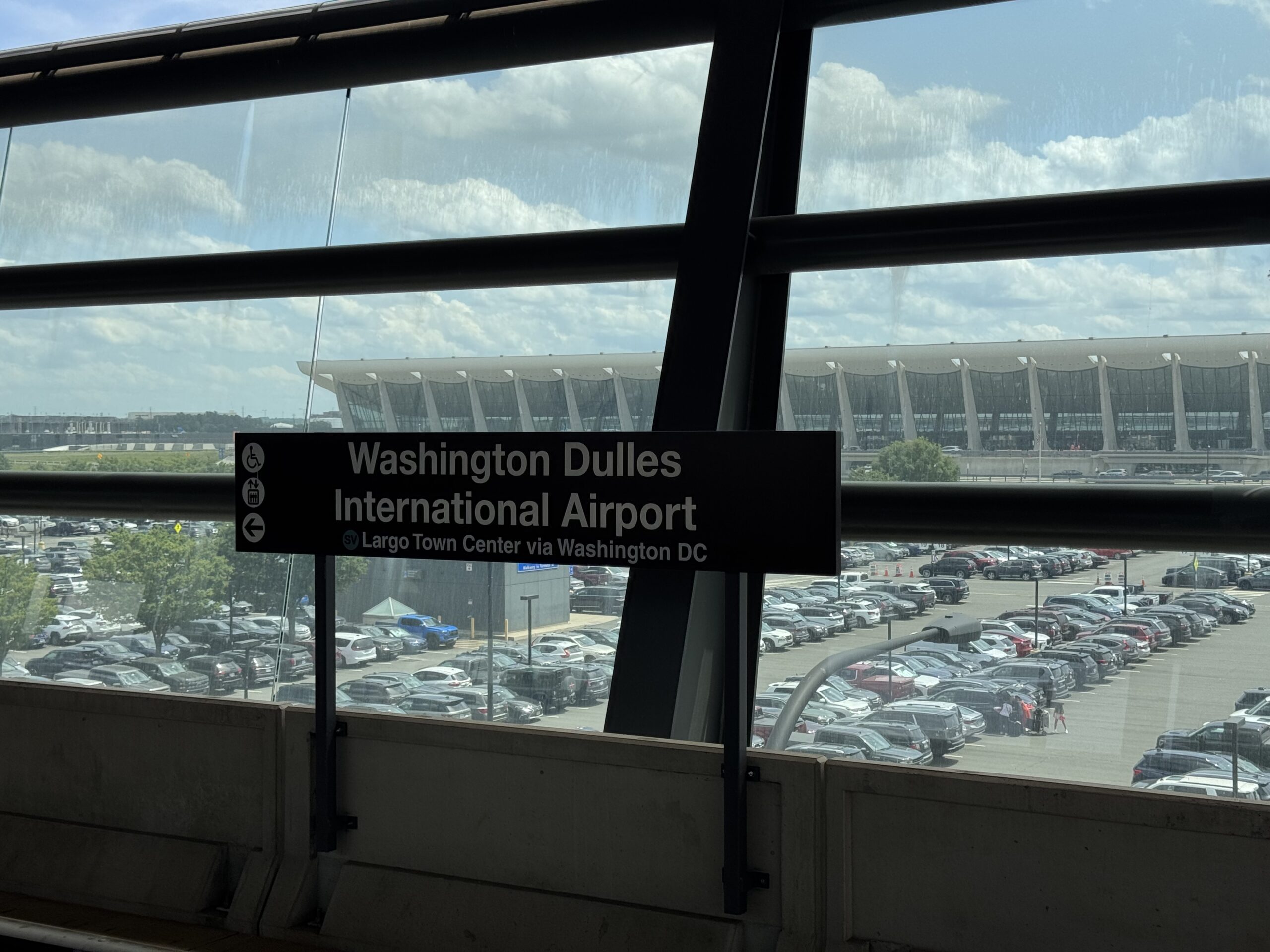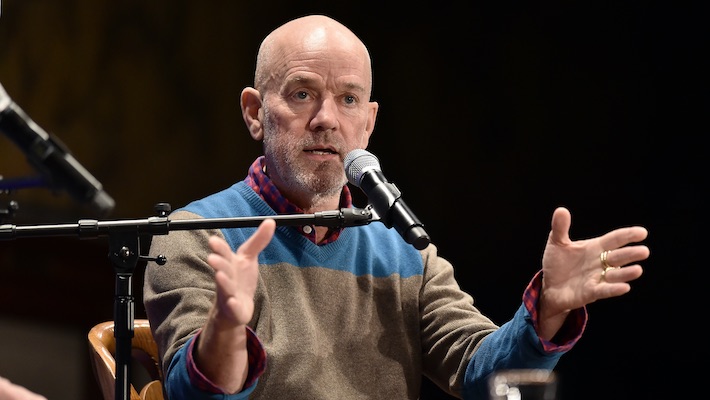How to Teach the Forgotten Art of Peace
Teaching people how to manage stress and negative emotions could go a long way in allowing cooler heads to prevail when tensions rise.


The rising tide of geopolitical uncertainty today—marked by escalating tensions between major powers, terrorist attacks, economic instability, and the growing polarization of societies—beckons us to ask: Is lasting peace merely a fantasy? Amid the erosion of civil discourse and a climate of fear, it is important to remember: peace is not just possible—it is essential. And like any skill, it can be cultivated. However, this essential skill remains largely absent from our educational systems and the narrative at large. [time-brightcove not-tgx=”true”]
A war does not begin on the battlefield. It begins in the minds of people—a perceived threat of the “other,” mistrust, and a breakdown of communication. When sensitivity and sensibility are lost, dialogue fails, and divisions deepen. I often refer to war as the Worst Act of Reason—it reflects not just a failure of politics, but of human understanding.
When we analyze even the most gruesome of events—mass shootings, wars, or terrorist attacks —it becomes evident that they often stem from emotional isolation or a distorted sense of pride in aggression. Core human values of non-violence and compassion have unfortunately been fading away from our vocabulary. Somewhere along the way, they have been overshadowed, and even misunderstood as weakness. But compassion is a dynamic source of strength which can give clarity to the mind and stability to our actions.
In international forums such as The United Nations, we often speak of peace and security in the same breath. While we focus on defense strategies and budgets, we should also focus on nurturing emotional resilience and empathy. If even a small portion of defense budgets were invested in teaching people how to manage stress and negative emotions, it could go a long way in allowing cooler heads to prevail when tensions rise. Policies may set the direction, but people are the bricks that build this world—only happy individuals can create a truly harmonious society. This is the heart of true peace education.
Is peace education practical though? Very much so.
Over the past five decades, the Art of Living Foundation has worked with people from diverse backgrounds across the world. From the battlefield to the frontlines at home, the Foundation’s evidence-based resilience and trauma-relief programs have helped veterans and law enforcement officers reduce anxiety, improve sleep, and restore emotional balance.
The transformation was undeniable while working with the prison inmates across the world be it the U.S., Mexico, Brazil, Argentina, South Africa, or India. And in Denmark, a taste of inner stillness and meditation helped hardened gang members become agents of positive change in their communities. One thing is clear—inside every culprit, there’s a victim crying for help. It doesn’t take much for an individual to turn around.
Time and again, we have seen that an inhibition-free mind with broadened awareness heals the inner victim. And as the victim heals, the culprit disappears—accessing this space within transforms even those written off as lost causes.
Through years of mediating in some of the world’s most tense regions, it is amply clear that a centered mind rises above conflict and becomes a beacon of clarity, courage, and compassion. This is precisely why people in positions of power must work on achieving inner calmness. This cultivates presence and patience, which are essential for meaningful dialogue. When we take pride in non-violence, compassion, and service to others, we begin to shift the narrative—from one of hatred and division to one of love and belonging.
Let us all nurture a vision of a more harmonious and joyful world—not only for ourselves, but also for future generations. That journey begins within each one of us. And when enough of us walk this path, we will not only transform our own lives—we will reshape our collective future.


